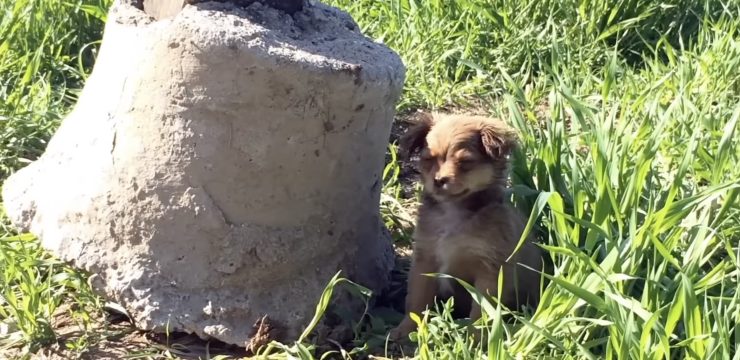In the world of gardening, there’s one universal truth—no matter how beautiful your flowers bloom or how perfectly spaced your vegetables are, weeds will always find a way to sneak in. While commercial weed killers may offer quick fixes, many of them are packed with harsh chemicals that can harm your soil, your surrounding plants, your pets, and the environment as a whole.

That’s why so many gardeners, myself included, have turned to natural, homemade alternatives that are just as effective without the scary side effects. One such solution comes straight from my nana’s gardening wisdom. A passionate gardener with decades of experience, she swears by her own DIY weed killer recipe that’s both cost-effective and safe to use. What makes her solution stand out is its simplicity and accessibility—it uses only three common household ingredients: white vinegar, salt, and dish soap. This weed killer is not only easy to make but also highly effective, making it a favorite among family and friends who now use it regularly in their own yards. Nana’s recipe dates back to a time when buying commercial products wasn’t an option for every household. Instead, people had to get creative with what they had on hand.
Over time, they found that certain combinations of pantry staples could rival the store-bought chemicals. Her go-to mixture includes one gallon of white vinegar (with 5% acetic acid), one cup of salt, and one tablespoon of liquid dish soap. Each ingredient plays a unique role in fighting off those pesky intruders. The vinegar works as the primary killer—it burns and dehydrates weeds by breaking down their cell walls, especially effective on young, sprouting plants. Salt enhances this action by drying out the plant cells and preventing them from taking up moisture. Dish soap, while not a weed killer on its own, acts as a surfactant, which helps the vinegar and salt stick to the leaves rather than rolling off. This ensures the mixture remains effective even if applied in a light breeze or on slightly uneven foliage. The science behind this solution lies in how the ingredients work together. Vinegar’s acetic acid destroys the outer layers of plant tissue, causing the plant to dry up. Salt then prevents the plant from regenerating by disrupting its water absorption. The soap ensures the solution spreads and adheres better, making sure none of the liquid is wasted.
However, there’s a word of caution—this mixture is non-selective. It will kill any plant it touches, not just the weeds. So you’ll need to apply it carefully. It’s best to use a spray bottle or garden sprayer and target only the weeds’ leaves. Avoid spraying on windy days to prevent drift and steer clear of your desired plants. To prepare the solution, pour the vinegar into your sprayer or container, stir in the salt until it dissolves, then add the dish soap and stir gently. Apply it on a sunny day with temperatures above 70°F when the weeds are dry. The sun will boost the drying power of the vinegar and salt, making the kill more efficient. If it rains within 24 hours, you may need to reapply. While salt is an effective component, it can remain in the soil and affect fertility if used too often. That’s why Nana only uses this mixture in areas where nothing else is meant to grow—driveways, gravel paths, patio cracks, and along fences. Gloves and protective eyewear are recommended during application, just to be safe.
Many gardeners who’ve adopted this recipe have shared their own success stories—some have cleared out stubborn weeds from gravel paths with just two applications, while others say it’s the only thing that’s worked between bricks and concrete joints. Compared to chemical products, this method might require a bit more patience and care, but it offers peace of mind and long-term benefits for your garden’s health. For particularly stubborn weeds, you can slightly increase the salt or vinegar content, though moderation is key to protect your soil. With regular use during the hottest hours of the day and some careful application, Nana’s DIY weed killer proves you don’t need chemicals to keep your garden looking its best.





